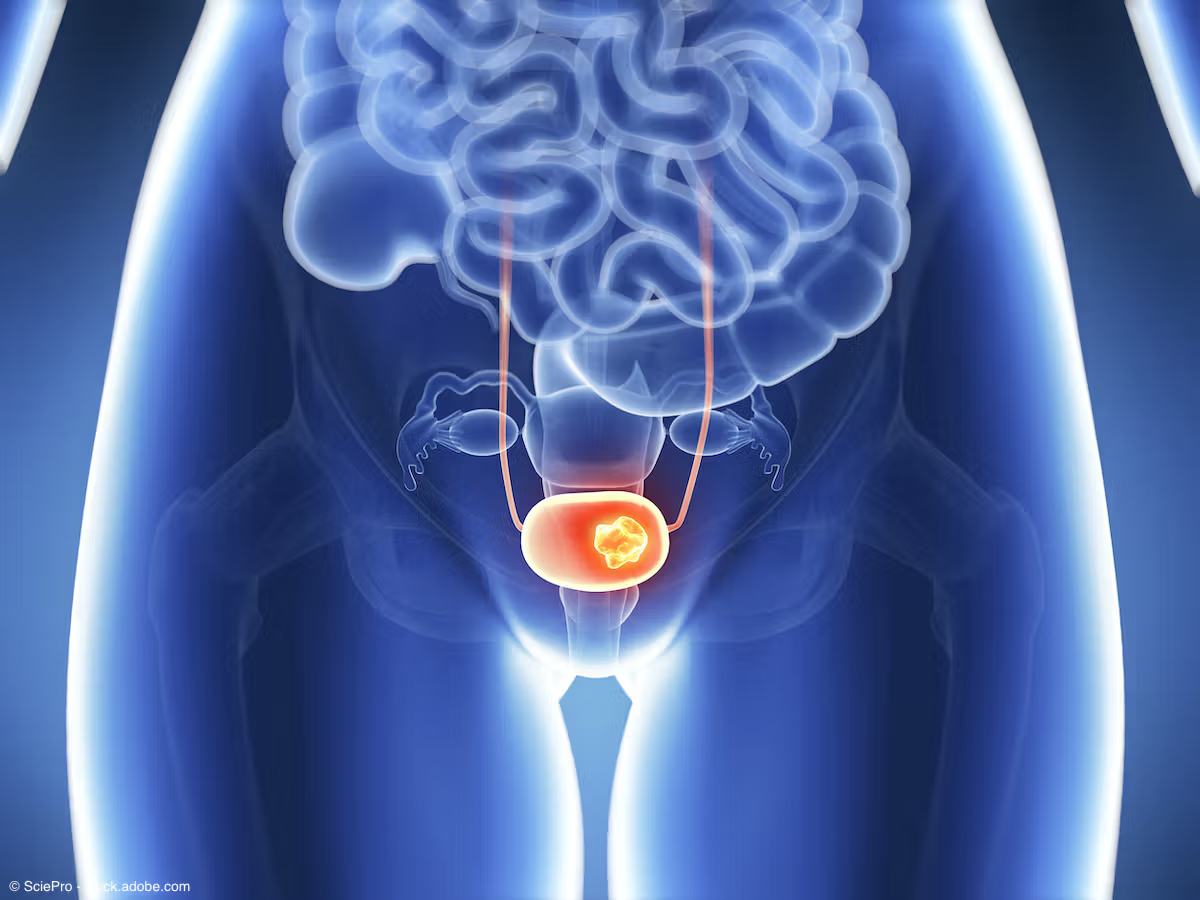Article
Robotic vs. open cystectomy: How PFS, OS compare
Evaluation of upper tract surveillance for high-grade, nonmuscle-invasive bladder cancer and evidence suggesting that androgen receptor activity may be related to recurrence and treatment of bladder cancer were among the take-home messages in this area from AUA 2017.

Angela B. Smith, MD, MSEvaluation of upper tract surveillance for high-grade, nonmuscle-invasive bladder cancer and evidence suggesting that androgen receptor activity may be related to recurrence and treatment of bladder cancer were among the take-home messages in this area from AUA 2017. The bladder cancer take-homes were presented by Angela B. Smith, MD, MS, of the University of North Carolina, Chapel Hill.
Robotic cystectomy is not inferior to open cystectomy in terms of 2-year progression-free and overall survival. Robotic cystectomy was associated with increased soft tissue margins, however.
Upper tract surveillance may have limited benefits in high-grade, nonmuscle-invasive bladder cancer (NMIBC).
Risk-based surveillance strategies after cystectomy may streamline cost and efficacy.
Several urine biomarkers, including Cxbladder Resolve and CK20 and IGF-2 plus urine cytology, may have utility in risk stratifying patients with low- and high-risk bladder cancer.
Emerging evidence from a number of studies suggest that androgen receptor activity may be related to recurrence and treatment of bladder cancer.
Continue to the next page for more take-home messages.
- Blue-light flexible cystoscopy should be considered for patients in surveillance of bladder cancer recurrence.
- Intravesical gemcitabine is a new standard for suspected low-grade NMIBC.
- VesiGel, a formulation of mitomycin C and a hydrogel, has chemoablative potential as an alternative to transurethral resection of bladder tumor.
- Separate studies found that combining bacillus Calmette-Guérin with vaccines such as PANVAC and intradermal priming may have a role in increasing efficacy of BCG immunotherapy for high-risk NMIBC.
- CG0070 oncolytic adenovirus shows promise for BCG-unresponsive disease but awaits further follow-up.
- NMIBC patients report worsened urinary symptoms and physical health-related quality of life compared to controls.
- Financial toxicity is prevalent in bladder cancer and negatively impacts health-related quality of life.
- There is a need for biomarkers to increase diagnostic value of transurethral resection for variant histology since there is an important role for treatment and surveillance given varied outcomes of neoadjuvant chemotherapy (NAC).
- Pathologic node-positive disease benefits from adjuvant chemotherapy.
- Determining extent of pelvic lymph node dissection may be aided by stage and frozen section analysis.
- DNA repair mechanisms have a future role in NAC selection.
- Basal tumors are high risk but have favorable NAC response, resulting in better survival.
Subscribe to Urology Times to get monthly news from the leading news source for urologists.
















